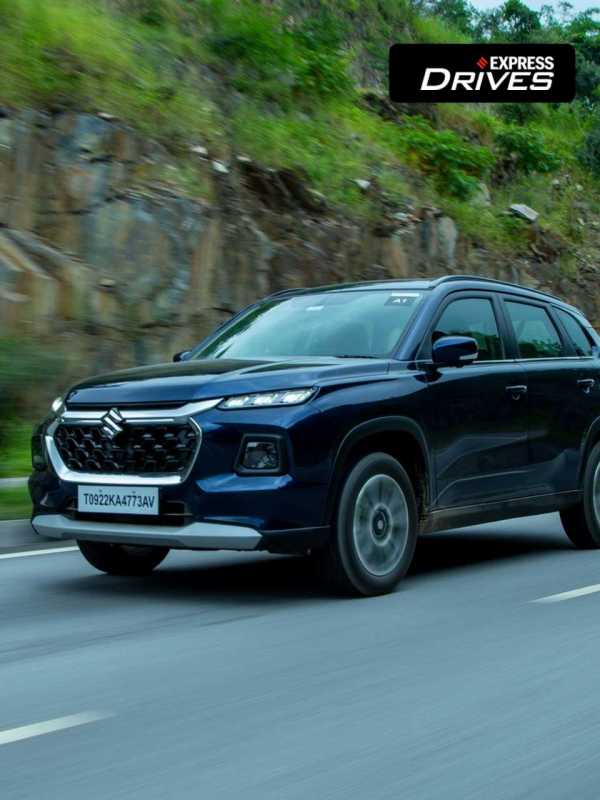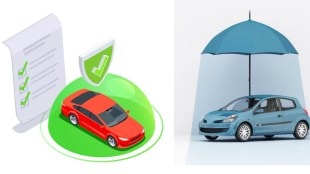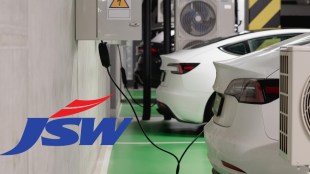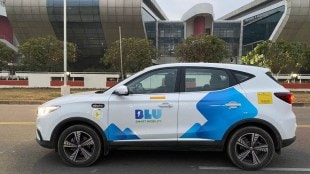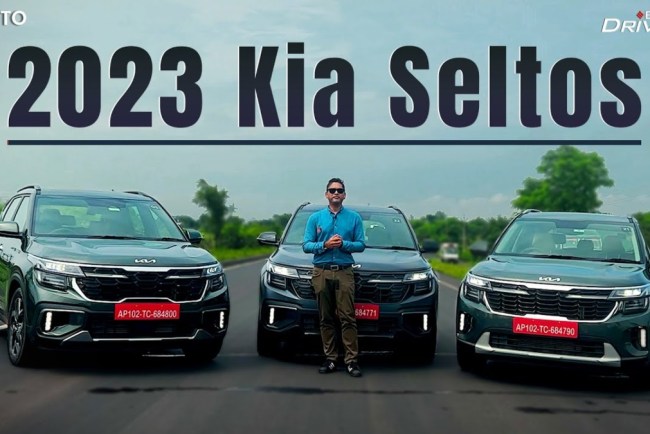By Rakesh Kher
Major technological advancements in electric vehicles, autonomous driving, connectivity, embracing digital sales, expanding the used-car market and intense focus on safety measures are redefining the industry’s growth momentum and in turn, transforming both urban and rural transportation. They are expected to have a major impact on the automotive sector in the coming years. Any industry needs to adapt and innovate in this ever-evolving world with various challenges to continue to be successful. Despite the COVID-19-induced slump and recent supply chain snarls, the Indian automotive industry has registered rapid growth by adopting advanced technologies and trends to meet the changing needs and preferences of consumers.
The Indian automobile industry is a key contributor to the country’s economic growth. It adds 7.5% to the overall GDP and 49% to India’s manufacturing GDP. Interestingly, amid the challenging circumstances, the Indian auto parts industry witnessed a remarkable 23% growth, contributing 2.3% to India’s GDP. Estimates claim that by 2026, the autoparts exports business alone is likely to contribute about 7% to India’s GDP.
This development has given rise to the PACE (personalised, autonomous, connected, and electrified) paradigm, marked by a rapid transformation with a shift towards sustainability and electrification.
Additionally, the inception of marketing tech for an enhanced customer experience is going to play a pivotal role in the industry’s transformation in the coming years. Auto-enthusiasts can expect a host of developments such as a simplified supply chain and virtual showroom experience besides electrification of vehicles. Here are the top five trends to watch for in the next 5 years.
Electrification
The electrification of vehicles is an unstoppable trend, and the aftermarket already has a bouquet of new solutions, from EV parts, and retro-fitment kits to offboard and onboard charging solutions for EVs. As more EVs hit the road, the need for skilled technicians and specialised components will grow. Aftermarket companies that invest in EV-related products and services will find themselves at the forefront of this exciting shift in the automotive industry.
Safety
Essentially, people have started paying more attention to high-end safety equipment in their cars. Instead of the rising number of road accidents, the aftermarket industry is developing advanced technological solutions to proactively adjust to Indian road conditions to ensure better safety for passengers and pedestrians.
These solutions assist in blind spot detection, lane changing, and collision mitigation. While a select few would have previously opted to include them in their cars, they are now starting to become the standard on the market. Additionally, a 360-degree built-in camera driver and voice recognition have been added to the in-car infotainment system to improve driving experiences and prevent road safety problems. In the upcoming years, the Indian aftermarket will see a host of inventive offerings such as intelligent parking services and self-driving travel itineraries, advanced remote locking, a more accurate and prompt collision alert system, breakdown alerts, and so on. These new technological solutions will lead to personalised experiences with connected services and later into autonomous driving.
Mar-tech integration for enhanced customer engagement
The mar-tech industry has witnessed explosive growth over the past decade, which is significantly helping marketers create an immersive experience for their customers to drive engagement, thereby helping business growth. As consumers become more tech-savvy, aftermarket businesses are looking to leverage data-driven marketing strategies to reach their target audience effectively. Data-based product recommendations and chatbots for customer support will be used more frequently to meet customer’s needs. Additionally, using virtual and augmented reality (AR/VR) technologies to create a virtual showroom experience will significantly impact how we engage with our customers.
Tier 1 auto parts manufacturers to drive e-commerce
The post-covid world is all about the e-commerce boom. Unlike any other sector, the aftermarket has made a huge stride when it comes to e-commerce. Marked by greater awareness and accessibility, the digital revolution in the industry has given tier 1 auto parts manufacturers a chance to sell directly to their customers as opposed to the previous trend of multiple middlemen like distributors, wholesalers, retailers, mechanics, etc.
As e-retailers and e–e-service aggregators are emerging, online platforms are becoming increasingly popular acting as a substitute for the traditional channel of ‘manufacturer to retailer’ which consists of distributors, wholesalers, and retailers. Post-COVID, we have seen a lot of e-distributors and e-retailers emerge displacing one of the above-stated channel members by providing remote services to the mechanic/end-consumer.
Apart from this, many have chosen to use pre-built cloud platforms to make it easy for customers to buy auto parts from different brands online like Amazon, Flipkart, and Boodmo. However, some companies are now developing their cloud platforms to make things even more convenient for their customers.
This has helped in breaking down the limiting geographic barriers and expanding sales across markets. Direct selling also means that consumers are more aware of the products that they are buying. The increase in online retail stores is certainly helping enhance the customer experience, thereby creating a friendly customer-brand relationship based on trust.
Supply chain optimisation
Implementing new technologies and innovative business strategies to enable better scalability and profitability can help the automotive supply chain operate with greater efficiency. For example, earlier, the warehouses would register the products manually, and hence there were chances that the availability of the products got missed, which could mean a delayed supply.
With the rise of technology, the analysis of real-time data to identify potential problems or delays can significantly help optimise production and delivery times and lower costs to meet the increasing demands of customers for efficient supply chain operations.
The automotive aftermarket industry is gaining steady traction owing to the increasing inclination of customers towards the installation of advanced components to improve vehicle appearance and ensure safety while driving. The integration of technology into vehicle safety has been transcendental. Safety, online retail, personalisation, Connected, Autonomous and electrification, online retail, and supply chain automation are all going to be key drivers of this change in the dynamic Indian aftermarket sector.
The author is the CEO of Uno Minda (Aftermarket).
Disclaimer: The views and opinions expressed in this article are solely those of the original author. These views and opinions do not represent those of The Indian Express Group or its employees.








